End of spongy moth invasion in sight but global heating continues unabated
Peterborough Examiner – July 2, 2022 – by Drew Monkman
From land protection initiatives to a wonderful new book, there’s lots of good things happening on the local conservation front. The end of the spongy moth invasion might even be in sight. Zooming out to the bigger picture, however, new research is showing “off the scale” global heating in the Arctic. Here’s some of the details.
Catchacoma Forest Protection
Since 2019, the Wilderness Committee has worked with the Catchacoma Forest Stewardship Committee to pursue protection status for a crown forest in Peterborough County north of Catchacoma Lake. The area is home to significant old growth eastern hemlock stands as well as several species at risk, including Blanding’s turtles and Algonquin wolves. Katie Krelove, a Wilderness Committee Ontario Campaigner, has sent along the following update.
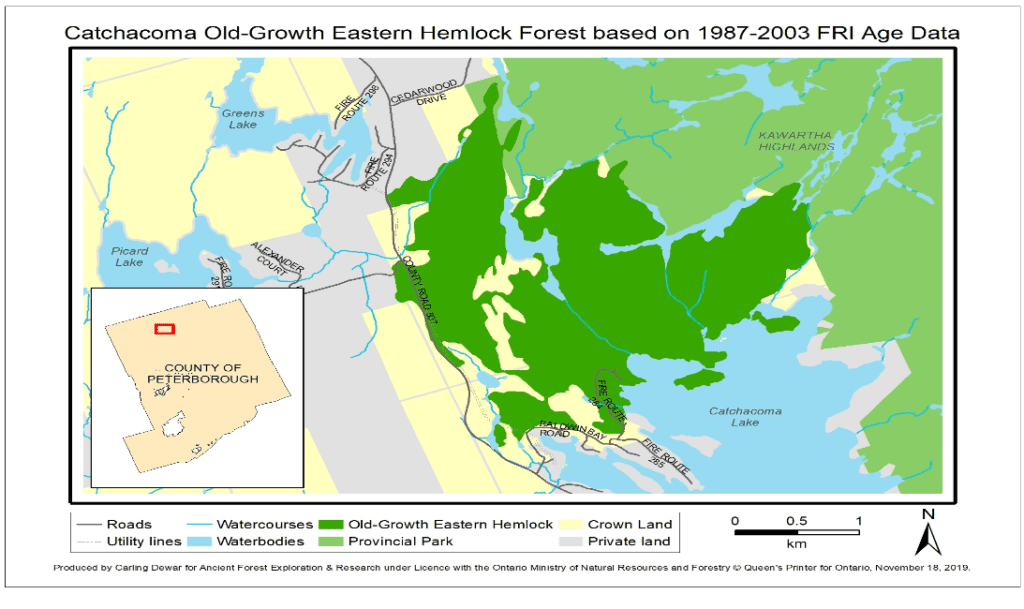
“In 2021, through participation in the provincial government’s forest management planning process, our committees secured a one-year moratorium on logging in Catchacoma Forest, which was recently extended to 2023. This allows for precious time to apply for permanent protection for this rare ecosystem through the province’s Crown Land Use Planning Act. Protection status would preclude industrial activity and prioritize management for the highest level of ecological health as well as recreation, education, and research.
In May 2022 we jumped another hurdle on the path to protection. The Minister of Environment, Conservation and Parks agreed to assign biologists to evaluate the conservation values of Catchacoma Forest and report back. If that report favors protection, it will trigger public consultations on management plans going forward. This represents an amazing opportunity to add to Ontario’s network of protected places towards achieving the federal commitment of protecting 30% of Canada’s lands and oceans by 2030. Meanwhile, we are continuing our own research, with two summer students hired to do various ecological surveys this summer. To join a public guided hike in the Catchacoma Forest, email katie@wildernesscommittee.org “
To read a previous Peterborough Examiner op-ed by Krelove on the benefits of protecting old growth forests, go to https://tinyurl.com/3dae8zfd. To learn about research in the Catchacoma Forest, see https://tinyurl.com/ydjhdz6h
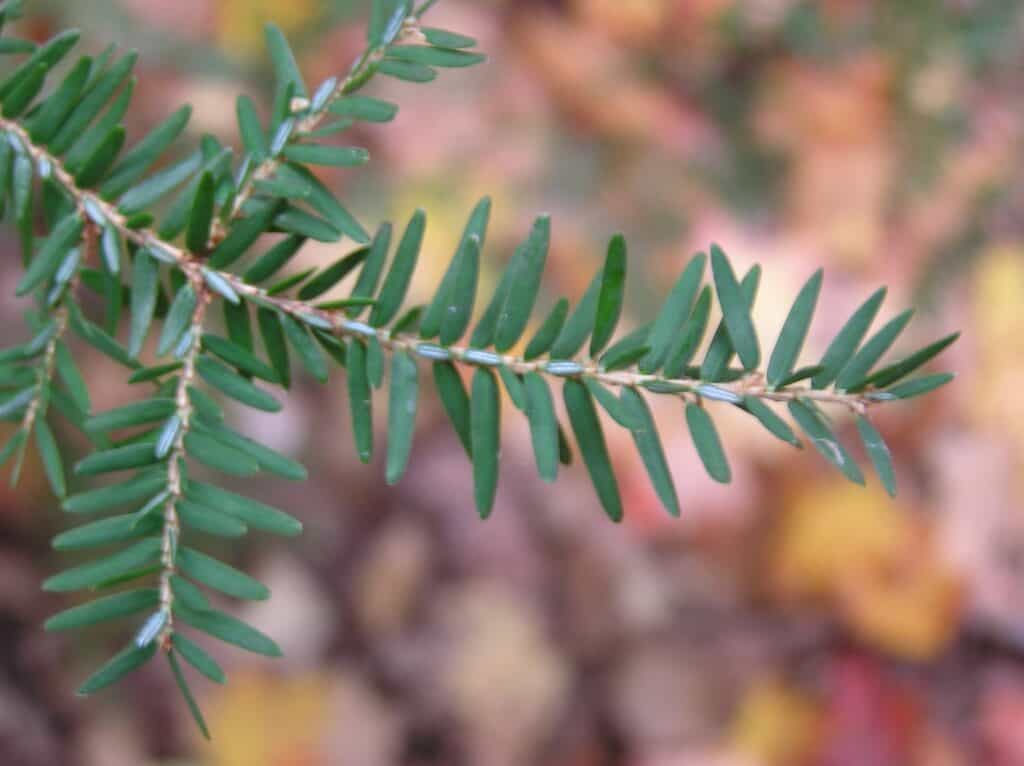
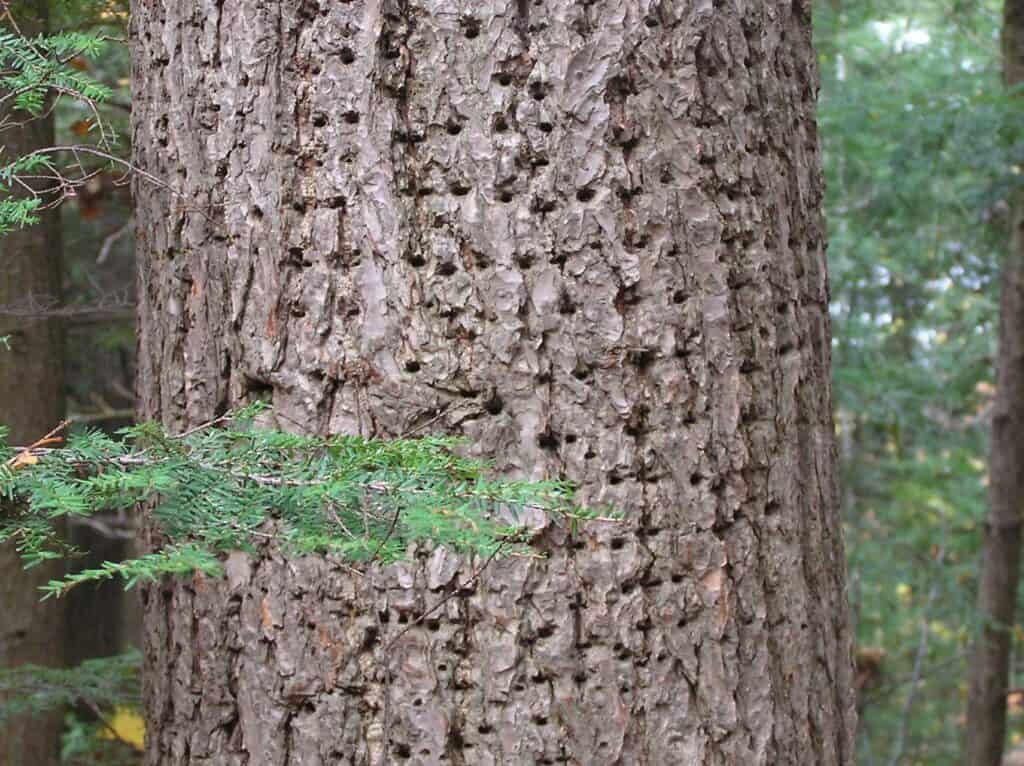
Morton Nature Sanctuary
There’s other good news this summer on the land conservation front. Dr. Patricia Morton and David Morton have donated 133-acres of ecologically significant land to the Kawartha Land Trust (KLT). The land is now protected in perpetuity, allowing for the safeguarding of its dense forest stands and sensitive habitats that support an abundance of wildlife in the region. This includes species at risk like the eastern ribbonsnake and eastern wood-pewee.
The Morton Nature Sanctuary is home to forest stands of sugar maple and hemlock, rolling hills, vernal pools and marshes, and a remarkable 1.5-kilometre, undeveloped shoreline. The land will be protected from future logging or development. Dr. Morton said, “Our major goal and great wish was to protect, conserve and preserve this land, forest and habitat now and for the foreseeable future as, in effect, our legacy and gift to our Mother Nature.”
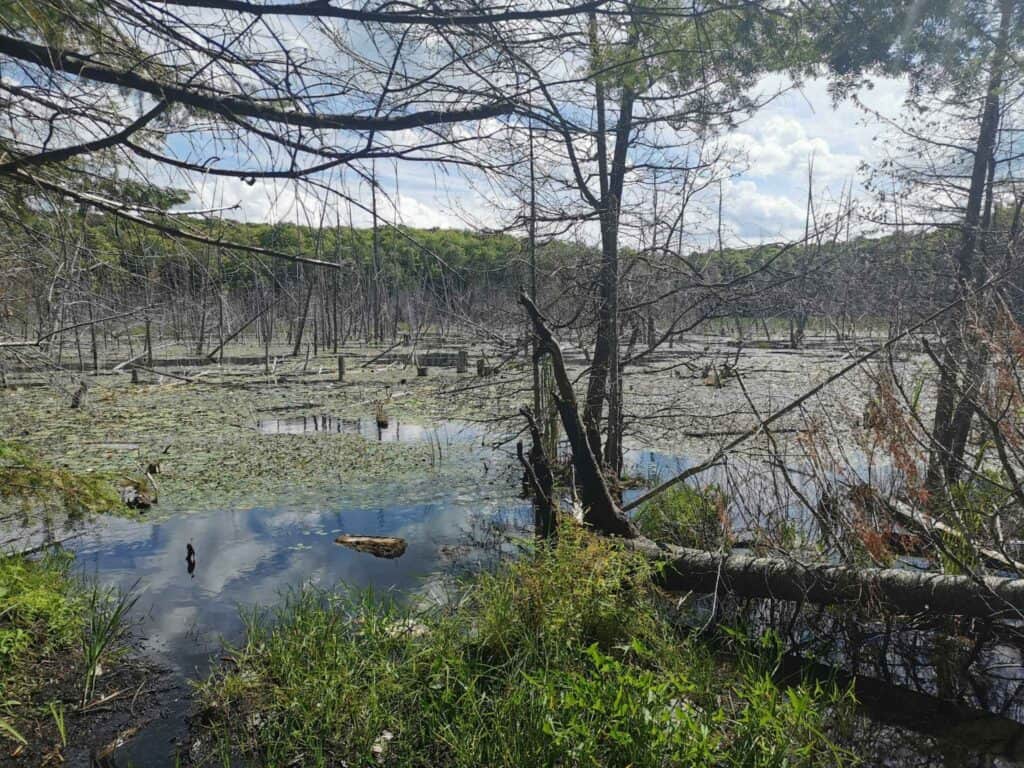
New Gordon Harrison book
My favourite local nature writer and raconteur, Gordon Harrison, has just published a new book called “Dreamer at the End of the Universe – One Life in Two Worlds”. This book, together with the superb “My Cousin & Me: And Other Animals” and “Wolves: Ryders in the Whirlwind”, forms a trilogy. They tell the true story of four generations of a Celtic family battling the elements and the animals to scrape a living from “a land with no fat and little lean.” The setting is a wilderness farm in Haliburton populated by animals and people.
The early generations killed the animals and fought the land. Harrison has come to realize, however, who really owns this place. Humans are tenets for a handful of years while the true owners are the animals who have their own lives. As Charles Darwin wrote, “There is no fundamental difference between man and animals in their ability to feel pleasure and pain, happiness, and misery.”
Harrison is a talented storyteller and shares many interesting insights. These include intriguing gleanings from mathematics. For instance, there’s a wonderful chapter on the Golden Angle (approximately 137.5 degrees). This angle is the key to understanding the branching of trees and the placement of seeds or florets on the heads of flowers. The exquisite pattern created by the Golden Angle fills nature “with the beauty of art and the designs of mathematics.” He writes, “The immense swaths of white ox-eye daisies and red devil’s paintbrush I see in early summer act like mathematicians. So do the trees and plants. They all branch out in the manner of the spiral of creation with a non-overlapping angle of 137.5 degrees.”
Go to https://the-land.ca/ to read a free chapter of the book. It can be purchased through Amazon as a Kindle Edition or paperback, and through Audible as an audiobook.
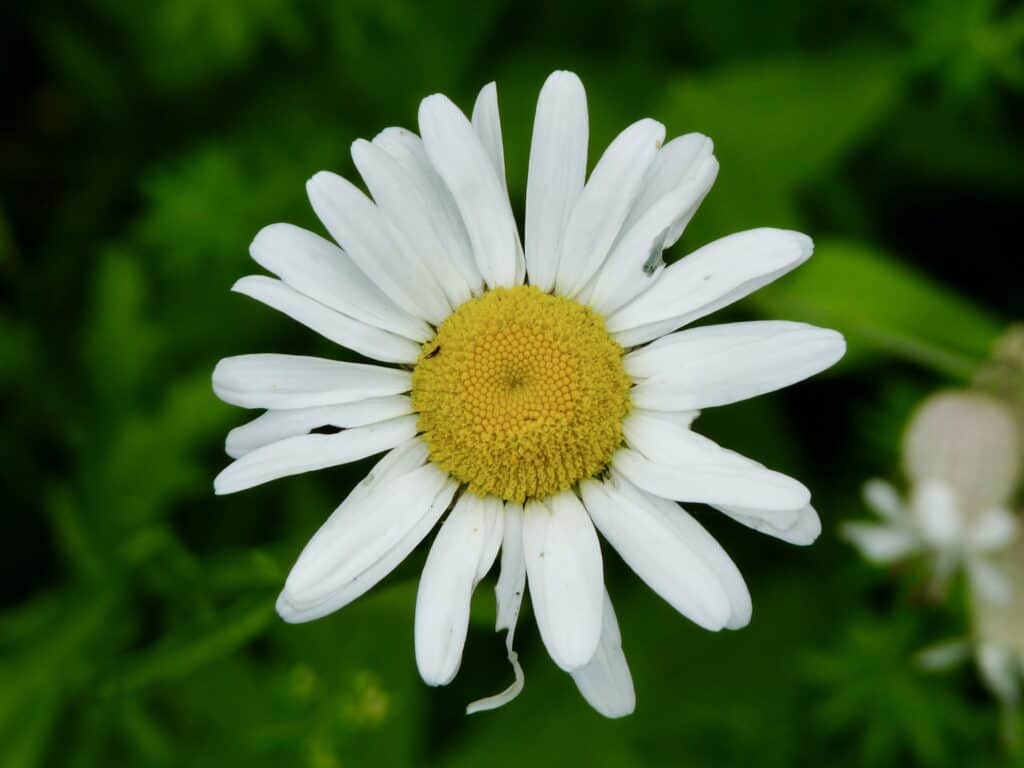
Spongy moth decline?
Last year, much of the Kawarthas suffered severe defoliation from spongy (formerly gypsy) moths. Based on egg mass surveys conducted in late fall, the forecast didn’t look good for this year, either. To the best of my knowledge, however, there are very few outbreaks as of yet. Please contact me if you’re aware of any serious damage that’s happened locally.
There are two caterpillar diseases that can cause spongy moth populations to collapse. One disease is a nucleopolyhedrosis virus (NPV) while the other is a fungus called Entomophaga maimaiga. It’s also possible that the cold winter we experienced this year killed significant numbers of exposed egg masses.
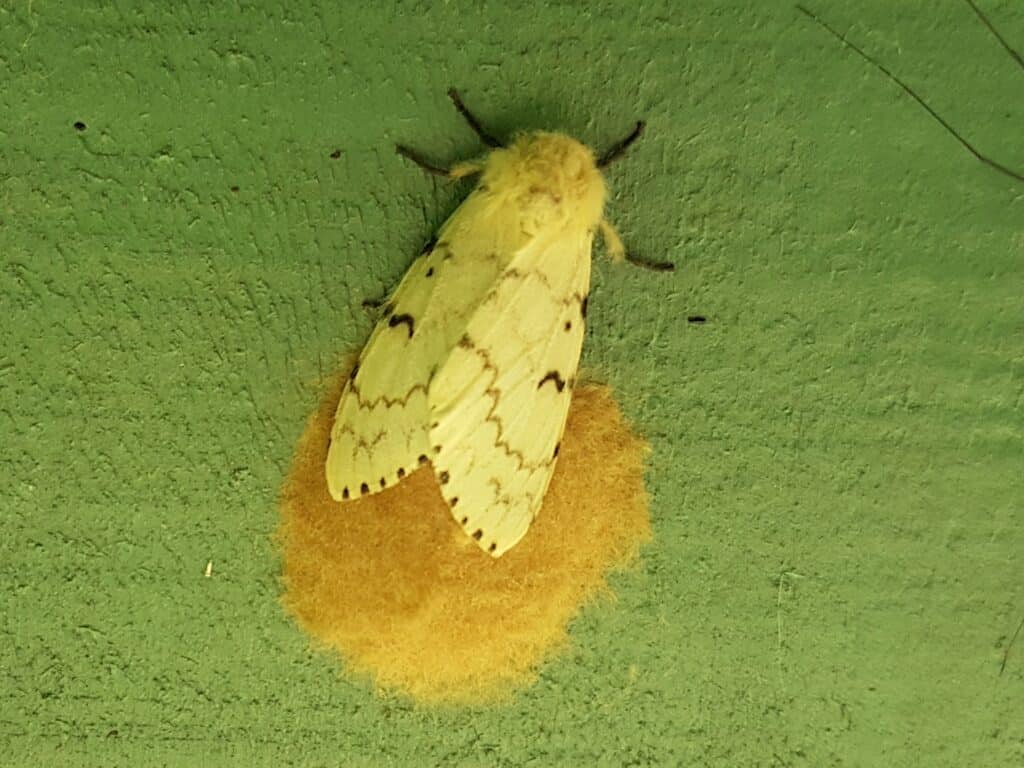
CLIMATE CHAOS UPDATE
Alarm: New data reveals that extraordinary global heating is now occurring in the Arctic, up to seven times faster than the global average. Temperatures in the Barents Sea region are “off the scale.” The heating is occurring in the North Barents Sea, a region where fast rising temperatures are suspected to trigger increases in extreme weather in North America, Europe and Asia.
The research, published in the journal Scientific Reports, said the heating in this region was an early warning of what could happen across the rest of the Arctic. The new figures show annual average temperatures in the area are rising across the year by up to 2.7C a decade, with particularly high rises in the months of autumn of up to 4C a decade. This makes the North Barents Sea and its islands the fastest warming place known on Earth. See https://tinyurl.com/2yey4frx https://bit.ly/3zUTVxj
Climate science basics: If you want to brush up on your understanding of the science of climate change, I recommend checking out Scott McKinlay’s recent talk at 4RGMeets. A former physics teacher, McKinlay clarifies the facts, de-bunks the fiction, outlines the repercussions, empowers effective action, and nurtures a sense of hope about the challenges of climate change. Go to https://forourgrandchildren.ca and click on 4RGMeets. You’ll also find a host of other climate-related presentations, including how climate change is affecting nature and gardening in the Kawarthas.
Carbon dioxide: The atmospheric CO2 reading for the week ending June 25 was 420.87 parts per million (ppm), compared to 418.62 ppm a year ago. The highest level deemed safe for the planet is 350 ppm. The steady upward trend in atmospheric CO2 continues: Pre-industrial (280 ppm), 1912 (300), 1988 (350), 2010 (390), 2014 (400), and 2020 (413). Rising CO2 means more climate chaos and increasingly severe storms ahead.
Take action: To see a list of ways YOU can take climate action, go to https://forourgrandchildren.ca/